Industry information
Company News
- Aluminum veneer: the fashionable "coat" of modern architecture
- The charm of aluminum veneer: a perfect combination of lightness and durability
- Aluminum veneer, the fashion code hidden in buildings
- Aluminum veneer: a fashionable element in architecture
- Aluminum alloy air conditioning cover: the guardian of coolness in summer homes
Industry dynamics
- What is the development prospect of carved aluminum veneer?
- Aluminum veneer customization, creating a new trend of personalized space
- Aluminum veneer customization, creating personalized architectural beauty
- Aluminum curtain wall: the fashionable coat of modern architecture
- Aluminum alloy air conditioning cover, summer cool guardian
Frequently asked questions
- What is the current supply and demand situation in the aluminum veneer market?
- What is the production cost of aluminum veneer? What is the price?
- What are the unique design and application advantages of aluminum veneer curtain walls?
- What is the environmental performance of aluminum veneer? Does it meet the requirements of current sustainable development?
- What are the different types of aluminum veneer production processes and their respective characteristics?
contact us
Mobile:+86 15627778610
Email: 2201229786
Address: No. 5 Binjiang Road, High tech Zone, Zhaoqing City, Guangdong Province
Powder coating process for 2.5mm aluminum veneer
- Author: Jinba Aluminum Industry (Guangdong) Co., Ltd
- Release time: February 28, 2025 22:33:12
- Click:0
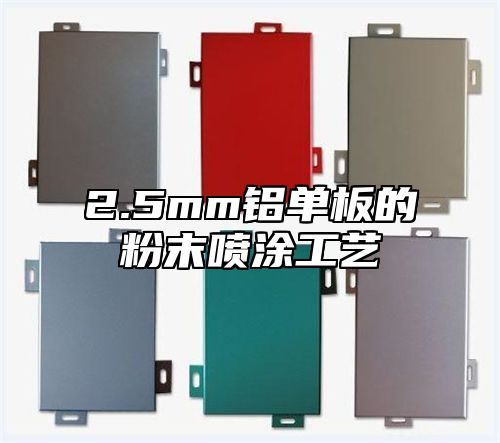
With the development of the architectural decoration industry, the application of 2.5mm thick aluminum veneer is becoming increasingly widespread. In addition to conventional surface treatment methods, powder coating technology has also become one of the commonly used surface treatment methods. The powder coating process for 2.5mm thick aluminum veneer will be detailed below.
1、 Principle of Powder Spraying Process
Powder spraying process is a technique that uses compressed air or liquid to evenly spray powder onto the surface of a substrate. In the powder spraying process of 2.5mm thick aluminum veneer, it is necessary to first prepare a spraying equipment with a spray gun and a powder bucket, and then install the equipment on the surface of the substrate. The powder is evenly sprayed onto the surface of the aluminum veneer through the spray gun, and finally the desired decorative effect is formed.
2、 Powder spraying process flow
1. Prepare spraying equipment: Design and manufacture as needed to ensure the quality and specifications of the spray gun and powder bucket match.
2. Cleaning the substrate: Use appropriate cleaning agents to clean the substrate to remove surface dirt and grease.
3. Install spraying equipment: Install the prepared spraying equipment on the surface of the substrate, ensuring that the position and direction are correct.
4. Spraying: Spray the powder evenly onto the surface of the aluminum veneer using a spray gun until the desired decorative effect is achieved.
5. Follow up processing: Perform subsequent processing as needed, such as polishing, drying, etc., to enhance the decorative effect.
3、 Precautions
When performing powder coating process on 2.5mm thick aluminum veneer, the following points should be noted:
1. It is necessary to choose and match according to actual needs and usage environment to ensure that the decorative effect meets the expected requirements.
2. When selecting materials and processing, attention should be paid to the matching of quality and specifications to avoid situations where problems cannot be solved.
3. During the construction process, it is necessary to pay attention to the implementation of safety protection measures to prevent accidental injury accidents.
4、 Summary
The powder coating process of 2.5mm thick aluminum veneer is one of the important factors affecting its application effect. When carrying out powder coating technology, it is necessary to pay attention to pre preparation work, correct selection and matching of materials, and strict quality inspection to ensure that the product meets the expected requirements. At the same time, it can also be reasonably matched and used according to market demand and aesthetic standards to enhance the beauty and added value of the product.

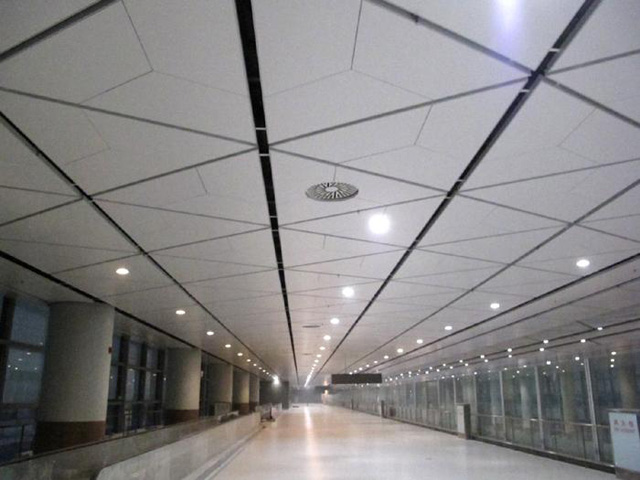
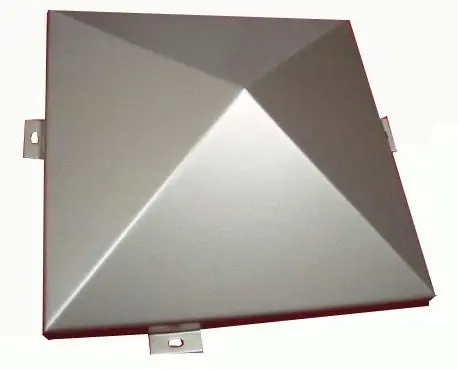
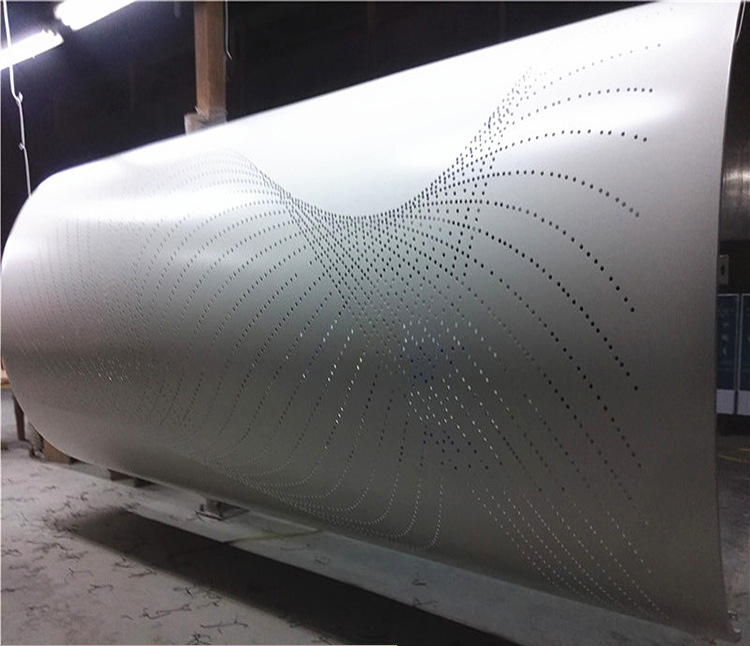
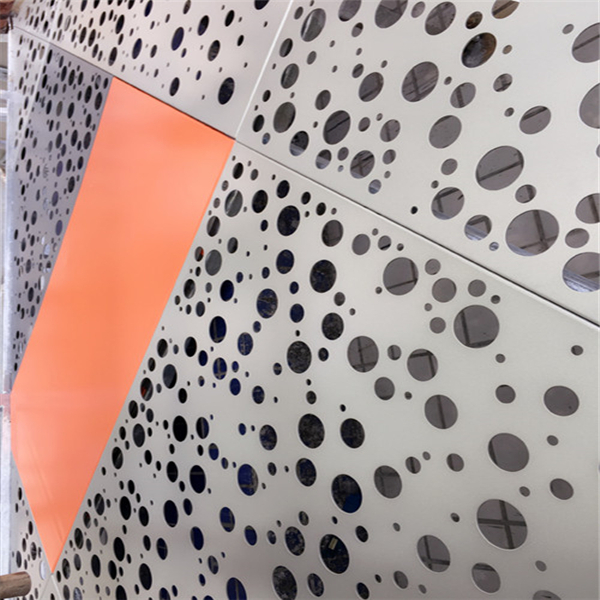
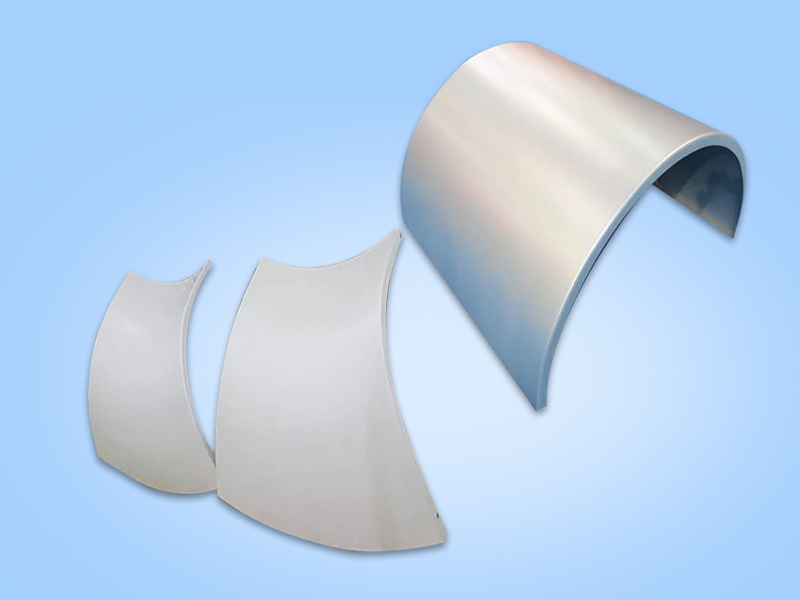

 Customer service QQ
Customer service QQ